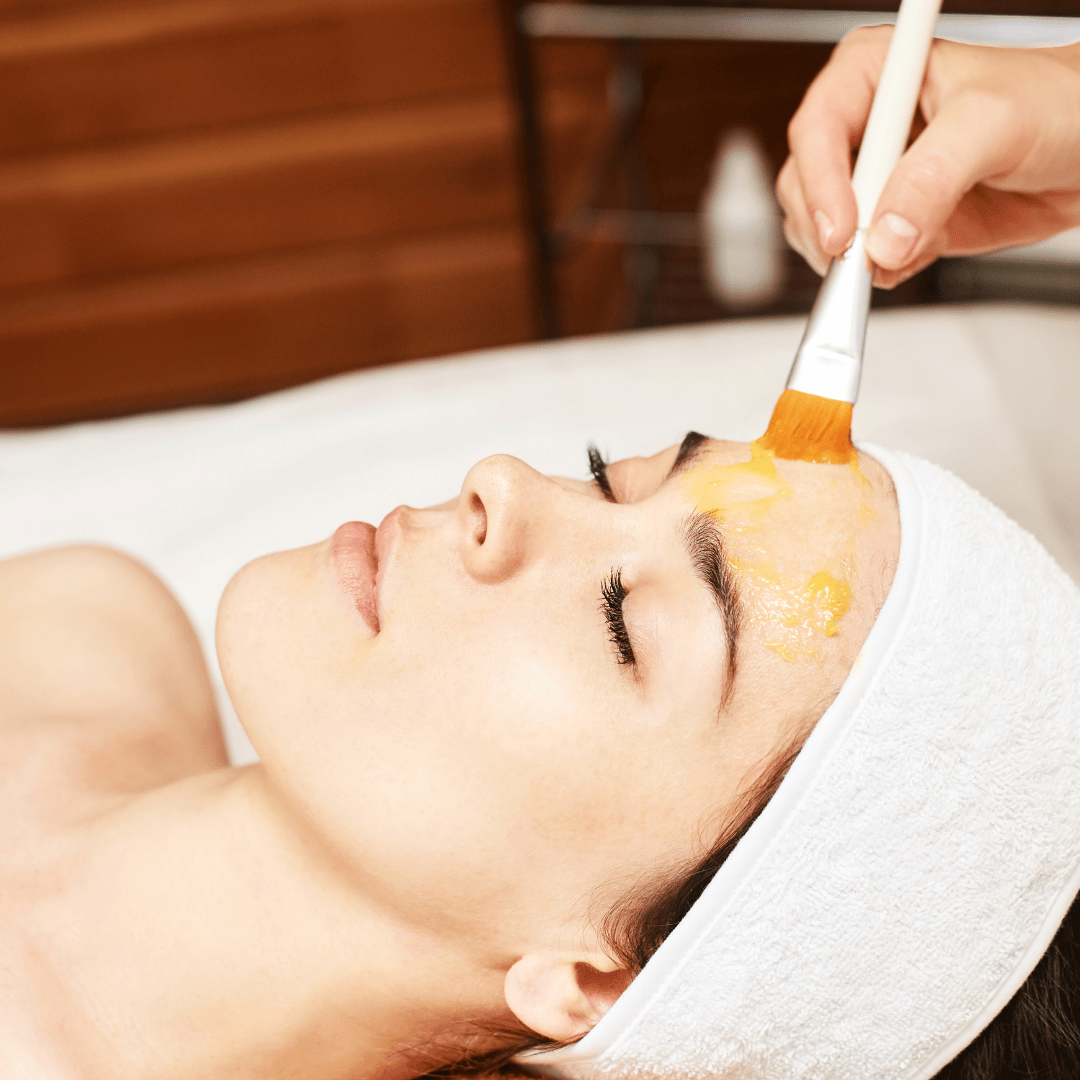
Which Is The Best Chemical Peel For Acne Scarring?
4 July 2022 by Omniya ClinicChemical peels are an incredibly versatile aesthetic treatment. Their effectiveness for the treatment of acne and acne scarring is beyond dispute.
But there’s many different chemical peels available. Different chemicals, different strengths, different techniques – it can be difficult to know which treatment is going to give you the best result for your skin. And when acne is involved, it’s even more important to get a treatment designed to alleviate your symptoms, rather than worsen them.
Best Peel For Acne Scarring
Acne scarring will generally require a more intensive medium or deep chemical peel. Over the counter home peels, which are usually weaker for health and safety reasons, are unlikely to give your skin the degree of peeling necessary to affect the appearance of acne scarring.
There are two different kinds of acne scar – atrophic or ‘boxcar’ scars, and hypertrophic and keloid scars.
Atrophic scars appear as dents in the skin, where the tissue beneath the skin has failed to regenerate.
Hypertrophic and keloid scars are raised, bumpy scars, caused by an accumulation of scar tissue in the affected area. Normal hypertrophic scars are the same size as the the acne lesions that caused them. Keloids are larger, as increased collagen production around the edges of the scarring increases the size of the scar.
Mild hypertrophic scarring can be treated by chemical peels – however, for more prominent hypertrophic scars or keloids, laser treatment or dermatological surgery is considered a more suitable treatment.
For acne scarring, the most commonly recommended chemical peeling agent is glycolic acid. This has been proven to provide optimal results when used to treat atrophic acne scarring, reducing the differences in profile between the scarred area and the surrounding tissue.
Glycolic acid is also recommended for use with darker skin tones. It’s considered particularly effective in combination with lactic and mandelic acids (mandelic acid is also effective for anyone with larger pores).
Best Peel For Acne
For ongoing acne issues, with active lesions due to excess sebum production and/or blocked hair follicles, a salicylic acid-based peel is generally considered to be one of the most effective solutions.
It’s renowned for its anti-bacterial and anti-inflammatory properties, and quickly breaks down the chemical bonds that cause sebum to clog and clump dead skin cells together.
It’s a key ingredient in Omniya’s ‘Perfect Peel’, which is a revolutionary new combination of different acids (including retinoic acid, which is great for pigmentation issues).
Combining Chemical Peels With Other Acne Treatments
If you’re determined to get the best results possible, then it’s worth considering a combination treatment – for example, combining chemical peels with laser treatment, or microneedling, to get the advantages of each individual process. Microneedling is a great way to stimulate collagen production in the affected areas.
Even between peels and other treatments, when the skin is allowed to rest and recuperate (different peels require different amounts of downtime), there’s still solutions to be applied – we recommend using retinol-based creams and products. Retinol works to increase collagen production over extended periods of time.
Attend a consultation with one of Omniya’s expert dermatologists, and find out what’s going to provide you with the best possible solution for your acne issues.
